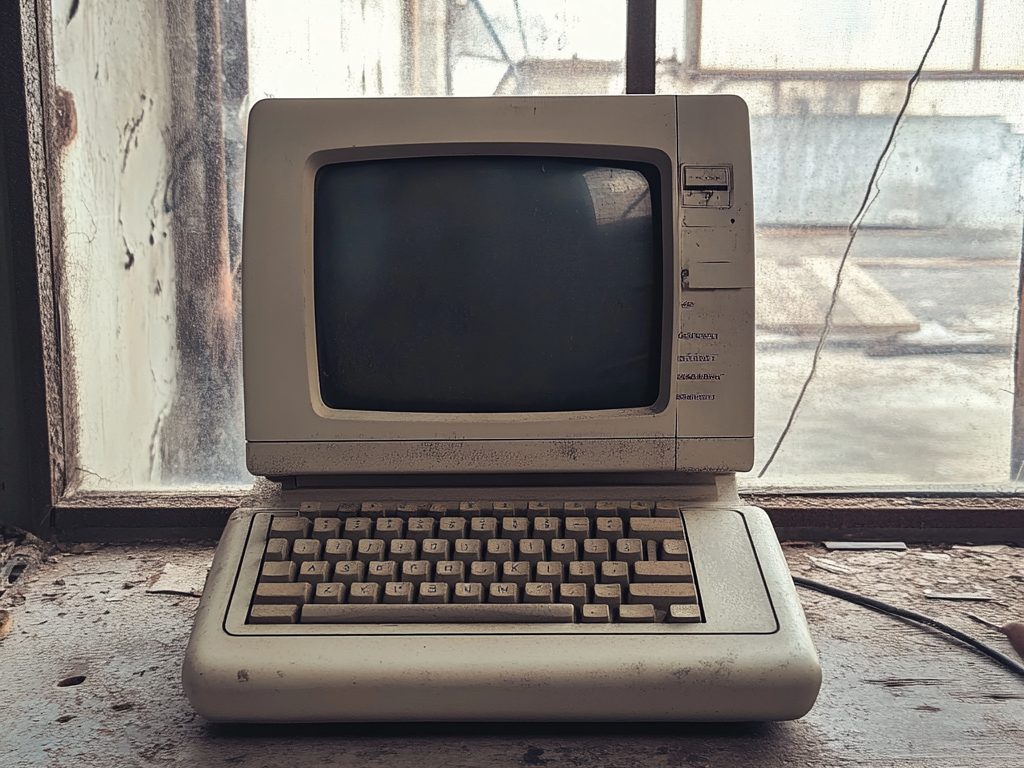Artificial Intelligence (AI) is a fascinating and highly relevant topic in today’s world. Conversations about AI often spark a mix of awe and fear—on the one hand, its capabilities are astounding, but on the other, the uncertainty of its future impact can be unsettling.
Like many innovations, AI relies on computers, a broad and complex field with deep roots in mathematics. While Alan Turing is often the first name that comes to mind when discussing the origins of computing, I would argue that Charles Babbage is the true “Father of the computer’.
Here is a brief abridged biography about Charles Babbage taken from Biography.com:
Born in London on December 26, 1791, Charles Babbage was a mathematical prodigy. He was educated mostly at home due to frequent illnesses, but his passion for numbers was evident from an early age. By the time he attended University in 1810, he was already questioning traditional mathematical methods and seeking ways to improve them.
Babbage’s frustration with human errors in mathematical calculations led him to imagine a mechanical device that could perform calculations flawlessly. In an era where computations were done entirely by hand—often with mistakes—this idea was revolutionary.
In the 1820s, Babbage began working on what he called the Difference Engine, a machine designed to automate the production of mathematical tables used in navigation, astronomy, and engineering. Unlike manual calculations prone to errors, this machine used gears and levers to compute numbers with perfect accuracy. Unfortunately, due to multiple difficulties and complications, the machine was never completed during Babbage’s lifetime.
Undeterred by setbacks, Babbage soon conceived an even more ambitious invention: the Analytical Engine. Unlike the Difference Engine, which was limited to specific calculations, the Analytical Engine was a general-purpose computing machine. Even though Babbage conceived of this in the 1830s, the Analytical Engine had features strikingly similar to modern computers – such as a ‘mill’ (equivalent of a modern CPU) and a ‘store’ (equivalent to a memory disk).
Babbage’s work caught the attention of Ada Lovelace, a brilliant mathematician who recognised the Analytical Engine’s potential. In 1843, she translated a French paper about the machine and added her own extensive notes, which included the first-ever computer algorithm. Because of this, Lovelace is often considered the first computer programmer.
Though Babbage never saw his machines built, his work was rediscovered in the 20th century and recognised as the foundation of modern computing.
Today, nearly every computer, from the smartphones in our pockets to the most powerful supercomputers, traces its roots back to Babbage’s groundbreaking ideas. Next time you use a calculator or laptop, remember Charles Babbage—the man who imagined it all before anyone else could.
Parent problem of the week
Last week I decided to cycle to my Grandparents’s house.
On the 1st day, I cycled half of the distance.
On the 2nd day, I cycled one half of the remaining distance.
On the 3rd day, I cycled three quarters of the remaining distance.
On the 4th day, I cycled 10 miles.
On the 5th day, I cycled two thirds of the remaining distance.
On the final day, I cycled the remaining 5 miles.
How far is it to my Grandparent’s house?
Solution to last week’s problem
Just before the half-term break, I presented the following problem:
Complete the following with the digits 1 to 6 to make the sum correct. BIDMAS/BODMAS/PEMDAS does NOT apply, so perform each mathematical operation in the order shown, from left to right, so 1 + 2 x 3 is treated as (1 + 2) x 3 = 9. Consecutive numbers are not next to each other, there is no ÷ 1, and at no point is a decimal or a fraction used.
……. + ……. – ……. x ……. / ……. x ……. = 50
The solution is as follows: (If you have a different solution, please feel free to drop me an email and I’ll happily publish your solution as well!)
2 + 4 – 1 x 6 / 3 x 5 = 50




